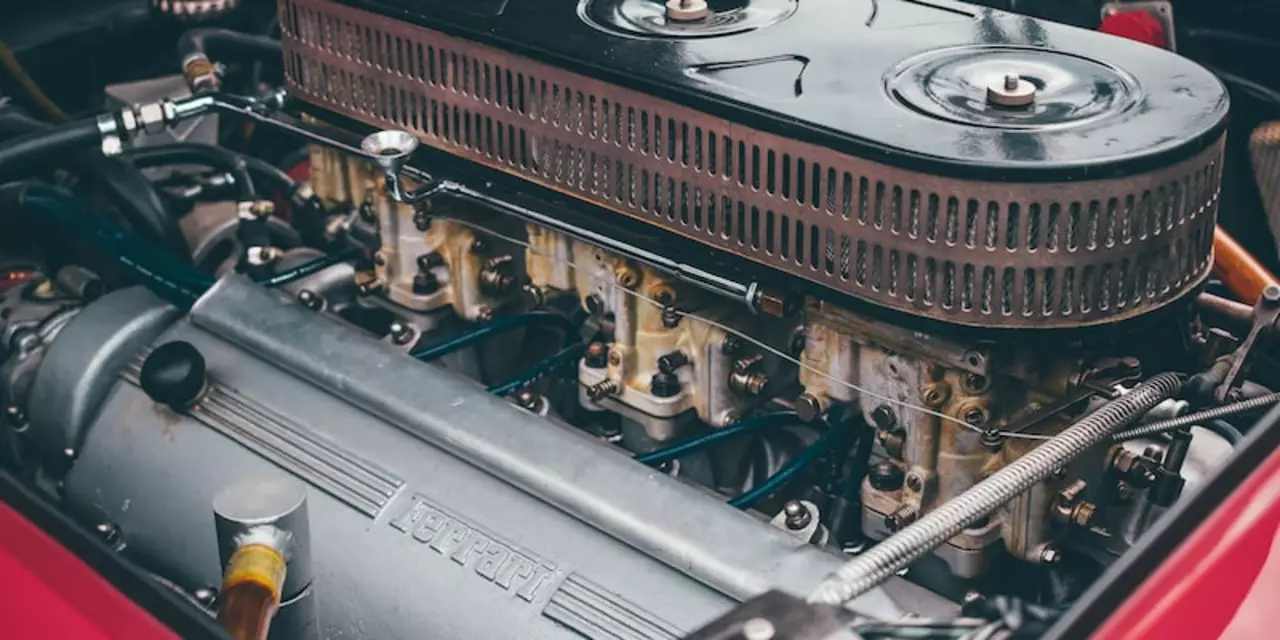Race Engineers: The Backbone of Every Winning Car
When you hear a car roar past the finish line, most fans think of the driver’s skill. But behind every fast lap there’s a race engineer making sure the car behaves the way the driver wants. In simple terms, a race engineer is the person who translates data into speed. They talk to the driver, tweak the setup, and plan the pit strategy—all while the clock keeps ticking.
What a Race Engineer Actually Does
First up, car setup. Before the weekend even starts, the engineer works with the crew to choose suspension settings, tyre pressures, wing angles and gear ratios. On track, they watch live telemetry, notice if the car is under‑steering or over‑steering, and tell the driver what to adjust. Small changes in wing angle can mean a whole second gained on a straight.
Second, strategy. During a race the engineer watches fuel consumption, tyre wear and the gaps to other cars. They decide when to pit, which tyre compound to use and whether to push hard or conserve. A well‑timed pit stop can make the difference between a podium and watching from the back.
Third, communication. The driver can’t see everything the car is doing, so the engineer uses the radio to give clear, concise feedback. They need to be calm, focused and able to explain complex data in plain language. A good engineer builds trust, so the driver feels confident to push the limits.
How to Become a Race Engineer
If you’re dreaming of a seat in the pit lane, start with a degree in mechanical or automotive engineering. Courses on vehicle dynamics, data analysis and aerodynamics give you the technical base. While you study, look for internships with racing teams, even at the local club level. Hands‑on experience with real cars beats any classroom lesson.
Next, learn the tools of the trade. Software like MATLAB, Simulink and specific telemetry platforms (e.g., MoTeC, XtraSpeed) are industry standards. Being comfortable with spreadsheets and coding (Python or C++) helps you turn raw data into actionable advice.
Finally, develop soft skills. You’ll be under pressure, juggling multiple data streams and making split‑second calls. Practise clear communication, stay organized, and keep your emotions in check. Watching race engineer interviews on YouTube can give you a feel for the pace and language of the job.
Whether you aim to work in Formula 1, IndyCar, touring cars or even electric series, the core duties stay the same: get the car fast, get it safe, and get it to the finish line. The best race engineers love the blend of math, mechanics and the human element. If you enjoy solving puzzles while the world watches, the race engineer path might be perfect for you.
Ready to start? Grab a copy of a racing simulation game, dive into its telemetry, and practice tweaking setups. Join local motorsport clubs, volunteer in the garage, and network with engineers at events. Every lap you spend learning brings you closer to that pit box seat where the real magic happens.
Race engineers make use of a range of software tools to analyse and prepare cars for the motorsport racing environment. These tools allow the engineers to gain insights into the performance of the race car, identify areas of improvement, and make informed decisions on setup changes. Some of the most popular software tools used include Simulink for model-based design, MATLAB for data analysis, and CarSim for vehicle dynamics modelling. Race engineers also use a variety of software applications to manage and monitor race data, such as RaceLogic for logging and analysis, RaceRender for video and data analysis, and RaceChrono for lap timing. Ultimately, the software tools used by race engineers help ensure that race cars are performing at their best and give teams an edge in the competitive motorsport landscape.


